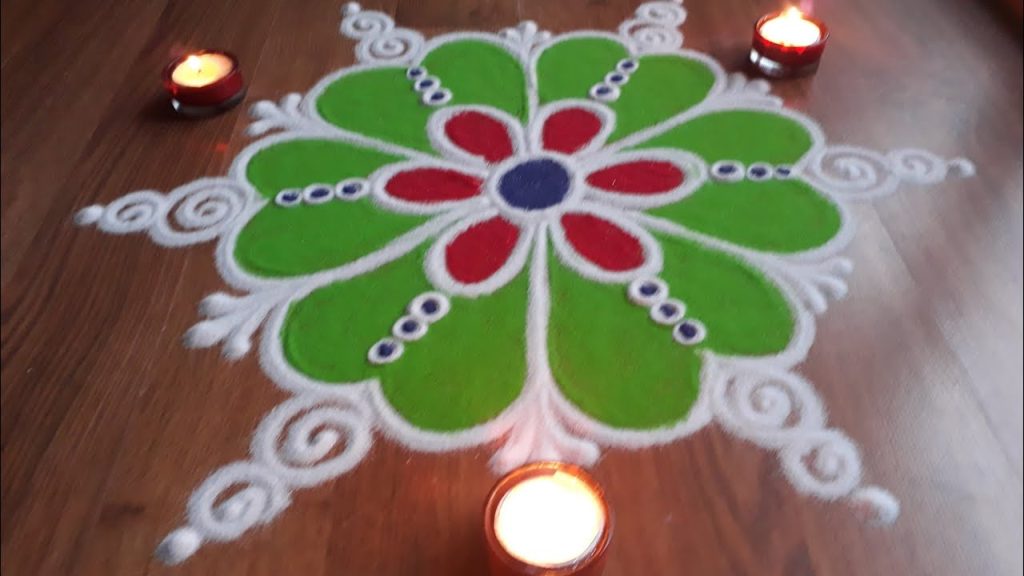Embrace the vibrant tradition of Rangoli with the Easy design, a perfect blend of elegance and simplicity. Rangoli, an age-old art form from India, transforms your space into a canvas of colorful patterns and intricate designs. The easy:hb–x0w2qoe= rangoli design stands out with its effortless appeal, making it accessible for both beginners and seasoned artists.
Featuring a harmonious mix of geometric patterns and floral motifs, this design captures the essence of celebration and joy, adding a touch of grace to any occasion. Whether you’re preparing for a festive gathering or simply looking to brighten your home, this Rangoli design offers a delightful way to express creativity and cultural heritage.
What is Easy:hb–x0w2qoe= Rangoli Design
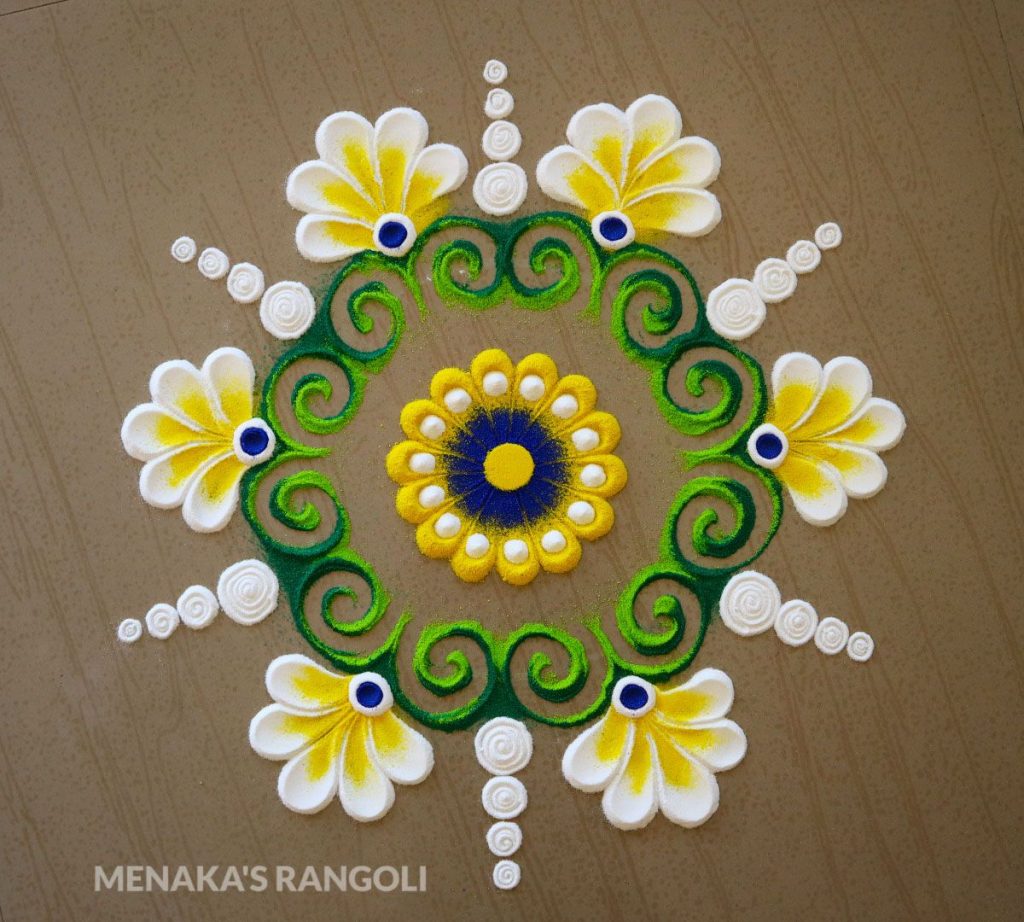
Rangoli designs are intricate patterns created on the floor, typically using colored powders, rice, or flower petals. They vary greatly in complexity and style, from simple geometric shapes to elaborate floral and abstract patterns. If you have more context or details about this specific Rangoli design, I can help you better understand or describe it!
You May Missed:
- The Insider Threat Problem: Can DLP Tools Really Keep Up?
- Catalin Austria Chemostat-Advanced Solutions for Continuous Cultivation
- B_Hifiasm Hubert-Revolutionizing High-Fidelity Genome Assembly
- led bulb model 5w wg5w
- Yosemite Sams Tax Bracket
Why Choose Easy:hb–x0w2qoe= Rangoli Design
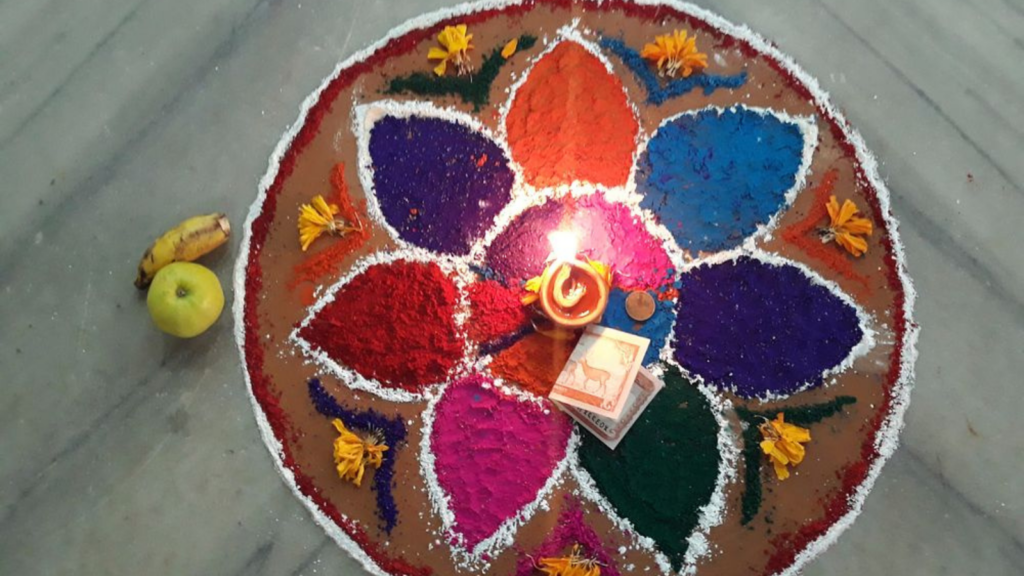
Simplicity: This design is straightforward and doesn’t require advanced skills, making it ideal for beginners or those who want a quick yet beautiful decoration.
Time-Efficient: The simplicity of this Rangoli means you can complete it in less time, which is perfect for busy schedules or last-minute preparations.
Versatility: Its easy-to-follow pattern allows for customization, making it suitable for various occasions and themes.
Aesthetic Appeal: Despite its simplicity, the design can still be visually striking, offering an elegant touch to your space.
Cost-Effective: With fewer intricate details, it often requires fewer materials, helping you save on costs.
Stress-Free: Easy designs reduce the pressure of perfecting every detail, allowing you to enjoy the creative process without stress.
Also Read:
- The Insider Threat Problem: Can DLP Tools Really Keep Up?
- Catalin Austria Chemostat-Advanced Solutions for Continuous Cultivation
- B_Hifiasm Hubert-Revolutionizing High-Fidelity Genome Assembly
Types of Easy:hb–x0w2qoe= Rangoli Design
Rangoli design, let’s explore some common types of easy Rangoli designs that might fit the description:
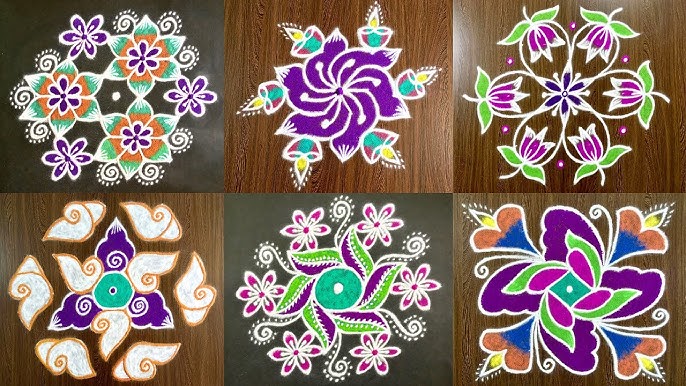
- Geometric Patterns: Simple shapes like circles, squares, and triangles arranged in a symmetrical pattern. These are straightforward to create and offer a clean, modern look.
- Floral Designs: Basic flower motifs with a few petals and simple lines. They are easy to draw and can be quite charming.
- Abstract Patterns: Free-form designs that rely on simple lines and curves. These can be easily adapted and customized based on available space and materials.
- Dot Rangoli: Created using a grid of dots with patterns drawn around them. This method is often easier because the dots guide the design, ensuring symmetry and balance.
- Border Designs: Simple borders or frames with decorative elements inside. These designs are easy to create and can be combined with other elements for a more intricate look.
- Seasonal or Festival Themes: Basic designs related to specific festivals, such as simple diyas (lamps) for Diwali or stars for Christmas. These designs often have straightforward shapes and symbols.
Step-by-Step Guide For Easy:hb–x0w2qoe= Rangoli Design
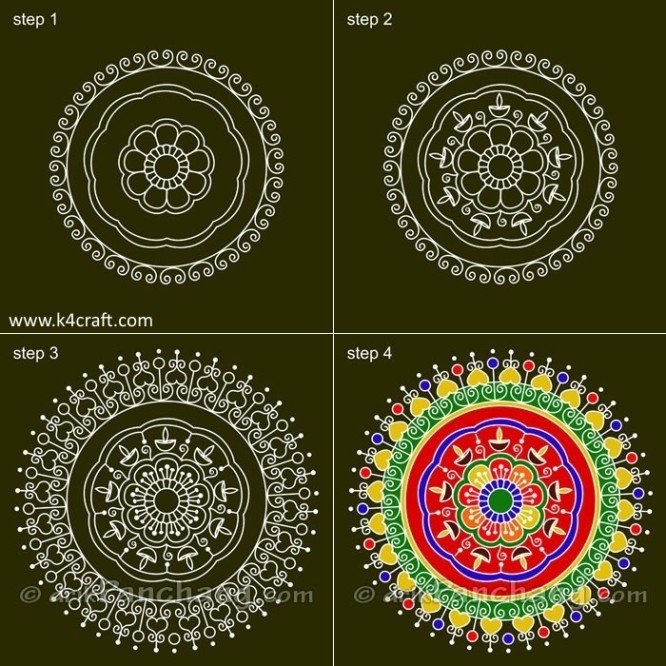
- Gather Materials:
- Rangoli Colors: Colored powders, flower petals, or rice.
- Tools: Small scoop or spoon, stencils (optional), a chalk or pencil for outlining.
- Surface: A clean, flat surface where you want to create your Rangoli.
- Prepare the Surface:
- Clean the area where you will be making the Rangoli. Ensure it’s smooth and free of dust.
- Outline the Design:
- Lightly sketch the design on the surface with chalk or a pencil. This will act as a guide for placing your colors.
- Create a Base:
- If using powders, start by creating a base with one color. This can be done by spreading the color across the surface within the outline.
- Fill in the Design:
- Begin filling in the design with your chosen colors. You can use the scoop or spoon to place the color inside the outlines.
- If using flower petals, arrange them according to your design. Start from the center and work outward.
- Add Details:
- Add any additional details or patterns using different colors. This might include adding small motifs or accents to enhance the design.
- Final Touches:
- Once you’ve filled in the design, step back and check for any areas that may need touching up or additional color.
- Clean Up:
- Carefully clean up any stray powders or materials around the Rangoli to keep the area looking neat.
- Admire Your Work:
- Enjoy the vibrant and beautiful Rangoli you’ve created!
Tips
- Practice: If you’re new to Rangoli, practice your design on paper before transferring it to the surface.
- Patterns: Simple geometric shapes or floral patterns are easier to execute and can still look stunning.
- Creativity: Feel free to adapt and personalize the design according to your preferences and the occasion.
You May Also Read:
- The Insider Threat Problem: Can DLP Tools Really Keep Up?
- Catalin Austria Chemostat-Advanced Solutions for Continuous Cultivation
- B_Hifiasm Hubert-Revolutionizing High-Fidelity Genome Assembly
- led bulb model 5w wg5w
- Yosemite Sams Tax Bracket
Popular Rangoli Designs
While the Easy design is perfect for beginners, there are numerous other Rangoli designs to explore. Here are a few popular styles:
Floral Rangoli
Floral Rangoli designs are among the most cherished styles. They are commonly made with flower petals and leaves. These designs are ideal for festivals such as Diwali and Onam, where flowers are an integral part of the celebrations. The typical patterns feature a central arrangement of large flowers surrounded by smaller, intricate floral motifs.
Geometric Rangoli
The use of shapes such as circles, squares, triangles, and hexagons characterizes geometric patterns. These designs are relatively easy to create and can be customized in various ways. Geometric Rangoli is often seen during events like weddings and housewarming ceremonies.
Freehand Rangoli
Freehand Rangoli allows for more creativity and personalization, as the designs are drawn freehand without the use of stencils or templates. This style is ideal for experienced artists who can create intricate patterns and motifs with ease. Freehand designs often include themes such as deities, animals, and nature.
Dot Rangoli
Dot Rangoli, also known as ‘Kolam’ in Tamil Nadu, involves creating patterns using a grid of dots. The dots are then connected with lines to form intricate designs. This style requires precision and practice but results in beautiful, symmetrical patterns.
Conclusion
Rangoli designs are a beautiful and meaningful way to enhance any space, especially during festive occasions. Whether you opt for a simple geometric pattern, a vibrant floral arrangement, or a more intricate design, Rangoli offers a creative outlet that can bring joy and color to your celebrations. By understanding the materials, techniques, and themes, you can create stunning Rangoli art that reflects both tradition and personal expression. Embrace the process, enjoy the artistic journey, and let your Rangoli design be a centerpiece of festivity and beauty.
Bonus Points
Incorporate Eco-Friendly Materials: Use natural elements like flower petals, leaves, or organic colors to create an eco-friendly Rangoli. This not only adds a touch of nature but also promotes sustainability.
Personalize Your Design: Add personal touches to your Rangoli by incorporating symbols or patterns that hold special meaning to you or your family. This makes the design unique and meaningful.
Use Light and Color: Enhance your Rangoli by adding small lights or candles around it. This can create a beautiful glow and highlight the design, especially during evening celebrations.
Experiment with Texture: Combine different materials like colored sand, glitter, or textured powders to add depth and dimension to your Rangoli. This can make the design stand out even more.
Plan Your Layout: Before you start, sketch out your design on paper and plan the layout. This will help you visualize the final look and ensure a more organized and precise execution.
Practice Makes Perfect: Don’t hesitate to practice on a smaller scale or on paper first. This will help you get comfortable with the design and materials before creating the final Rangoli.
Involve the Family: Make Rangoli-making a fun, family activity. Involving children or loved ones can add joy to the process and create lasting memories.
